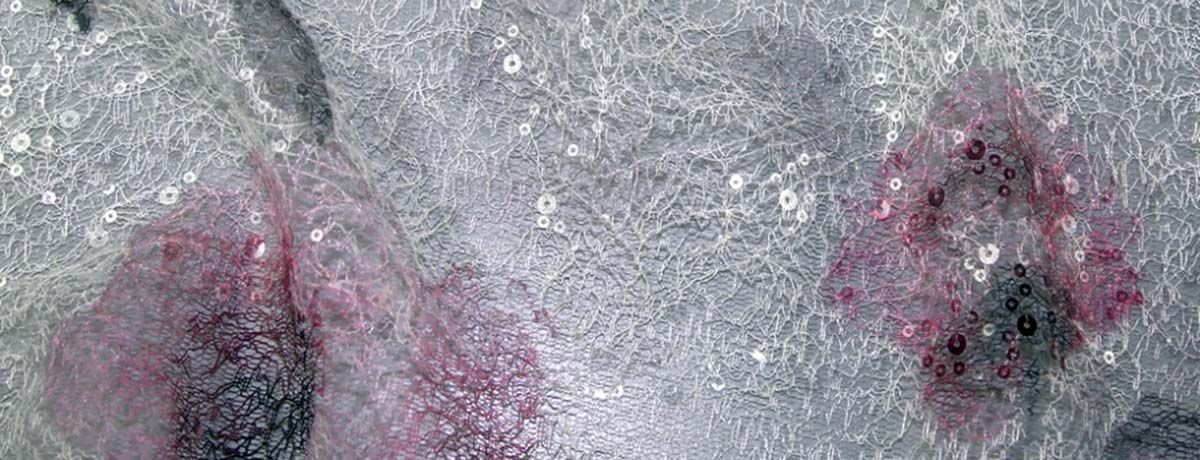Printed Sequin Fabric: A Complete Guide for Manufacturers

Printed sequin fabric combines the shimmer of traditional sequins with innovative printing techniques to create unique textile solutions. This material has gained significant traction in garment manufacturing due to its versatility, visual appeal, and cost-effectiveness compared to fully sequined alternatives. Popular colorways include white, which enhances the reflective qualities of sequins.
For garment wholesalers and manufacturers, understanding printed sequin fabric opens opportunities to offer distinctive products while maintaining production efficiency. Base fabrics often include polyester, cotton blends, mesh materials, or velvet, which is prized for its luxurious feel and suitability for sequin embellishments. This guide examines the manufacturing process, applications, and care requirements essential for working with this specialized material.
Manufacturing Process of Printed Sequin Fabric and Sequins
The production of printed sequin fabric involves precise coordination between textile printing and sequin application. Manufacturers typically begin with a base fabric—commonly polyester, cotton blends, or mesh materials—selected based on the intended application and required durability.
The printing process applies designs directly onto the fabric using methods such as digital printing, screen printing, or heat transfer. These techniques allow for intricate patterns, gradients, and custom colorways that would be difficult to achieve with traditional sequin arrangements alone.
Sequin attachment follows the printing stage. Manufacturers secure sequins to the fabric through stitching or adhesive bonding, positioning them to complement the printed design. The sequins may cover specific areas or create accents that enhance the overall pattern. This selective placement reduces material costs while maintaining visual impact.
Quality control measures verify colorfastness, sequin adhesion, and fabric integrity throughout production. MH, a professional wholesale supplier of garment accessories and fabrics from China, maintains rigorous standards to ensure consistency across bulk orders.
Applications in Garment Manufacturing and Beyond
Fashion and Apparel
Printed sequin fabric serves multiple roles in fashion production. Pink is a popular color choice for printed sequin fabric, valued for its vibrant and eye-catching effect in evening wear and performance costumes. Evening wear, performance costumes, and occasion dresses frequently incorporate this material for added dimension. The combination of printed patterns and sequin accents creates depth without the weight or expense of fully sequined garments.
Activewear brands utilize printed sequin fabric for statement pieces that require flexibility and breathability. The selective sequin placement maintains fabric stretch while delivering visual interest.
Home Decor and Textiles
Beyond apparel, printed sequin fabric appears in decorative applications including cushion covers, table linens, and wall hangings. The material provides texture and light reflection that enhances interior spaces for events or permanent installations.
Craft and DIY Projects
Small-scale manufacturers and craft suppliers stock printed sequin fabric for hobbyist markets. The material’s manageable weight and pre-coordinated design elements simplify project execution for end users.
Care Instructions for Printed Polyester Sequin Fabric Garments
Proper care extends the lifespan of garments made with printed sequin fabric. Manufacturers should provide clear care labels to prevent damage during customer use.
Washing Guidelines
Hand washing in cool water with mild detergent offers the safest cleaning method. If machine washing is necessary, garments should be turned inside out and placed in a mesh laundry bag. Select gentle cycles with cold water to minimize stress on sequin attachments and printed areas.
Avoid chlorine bleach and harsh chemicals that may damage both the print and sequin finishes.
Drying and Storage
Air drying prevents heat damage to sequins and printed designs. To maintain vibrant colors, either lay garments flat or hang them out of direct sunlight.
Store printed sequin fabric items in cool, dry locations. Use garment bags for long-term storage to prevent snagging and dust accumulation.
Ironing Precautions
Iron printed sequin fabric on the reverse side using low heat settings. Place a pressing cloth between the iron and fabric to protect both the print and sequins from direct heat exposure.
Why Printed Sequin Fabric Matters for Your Product Line
Printed sequin fabric offers garment manufacturers a balance of visual appeal, production efficiency, and cost management. The material enables distinctive product offerings without the manufacturing complexity of fully embellished textiles.
MH provides reliable access to quality sequin fabric options for wholesale buyers seeking consistent supply partnerships. Printed sequin fabric is often available at a competitive sale price, making it an attractive option for buyers seeking both quality and affordability. The company’s focus on long-term relationships supports manufacturers who require dependable material sources for ongoing production needs.
Explore printed sequin fabric possibilities to expand your product range and meet evolving market demands for textured, eye-catching garments.


